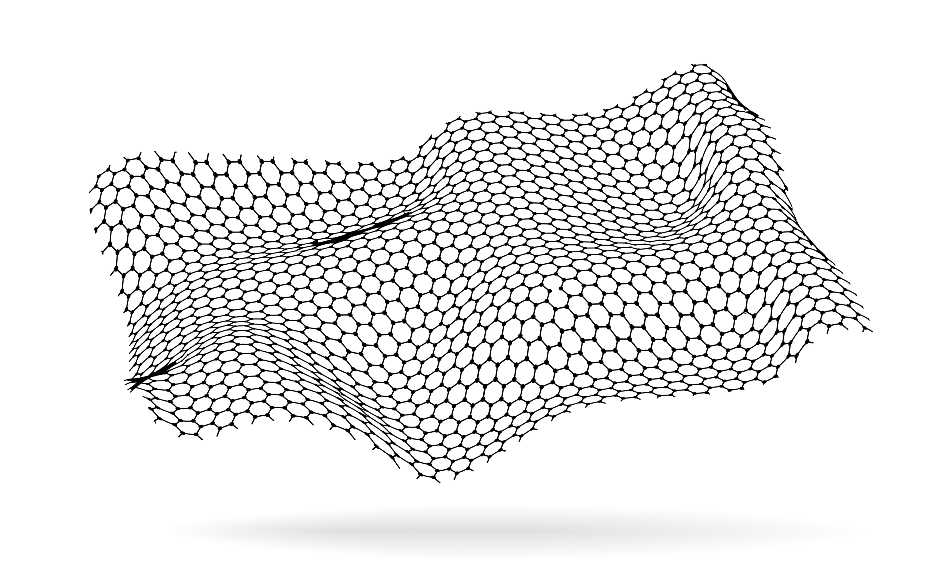
My Portfolio / Shutterstock
Scientists have developed nanomaterials that can morph and shape shift, giving them futuristic properties, inspiring a number of applications across industries.
Nanoscale Battle Results in Shape-Shifting Material
Last year, researchers Rice University revealed that they had successfully innovated a material that forms shapes at ambient temperatures that melt away with heat, and reappear once more when cooled.
The science behind this feat is based on a battle at the nanoscale, where liquid crystals fight to form the shape that is programmed into them, while the elastomer that they are embedded in fights in the opposite direction. At room temperature, the liquid crystals succeed, but when heated, the force of the elastomer takes over, and the structures appear to melt, only to reappear again once the substrate is cooled.
Morphing Materials Open the Door to Innovations in Soft Robots
What was achieved at Rice University has implications for future materials that could be innovated for soft robots. There is a huge potential for biomedical applications using these morphing materials to create materials that form pre-programmed shapes at body temperature.
The research that was published in the Royal Society of Chemistry journal Soft Matter describes how researchers used two-step chemistry to design the material. While patterning liquid crystals is nothing new, it was the first time anyone had looked into their interactions with an elastomer.
Programming the liquid state crystal was not seen as being difficult to accomplish, and scientists gave it shape by adding it into a mold and curing it by exposing it to a few minutes of ultraviolet light. Adding this substance into an elastomer gave it its special shape-shifting abilities due to the response of the elastomer at different temperatures.
The Extent of Research into Nano Morphing Materials
Researchers at Rice aren’t the only ones looking into nanomaterials with shapeshifting abilities. Researchers at the University of Buffalo have previously been awarded a grant of $2.9 million from the Air Force Office of Scientific Research with the purpose of creating nanomaterials that can shapeshift in response to a heat or light source.
The Buffalo team set about exploring inorganic nanoparticles, peptides that bind to these nanoparticles, and spacers, which are molecules that respond to light or heat, causing the substrate to morph.
In addition, this year researchers at Carnegie Mellon University successfully developed their own shape-morphing material, like that which was achieved at Rice University. Their material boasts ‘neural-like electrical pathways’ that researchers are hoping will be applied to innovations in soft robotics, wearable technologies, and human/machine interfaces.
Future Directions
The team at Rice University is looking to make advancements in reducing the transition temperature of the material. They want the shape activation to be triggered at body temperature to make it relevant to more applications. They envision developments of technological advancements such as tactile smartphone buttons that appear when touched. In addition to this, the team will be working on developing a variant that responds to light instead of heat, giving it more applications in robotics.
At Carnegie Mellon, the team is hoping that their innovation will be developed, making it useful to applications in healthcare, clothing, wearable computing, assistance devices, and robots, and space travel, in short, anything that finds a need for stretchable electronics.
The future is likely to see the rapid development of these nano morphing materials, as we see scientists advance their functionalities, allowing them to be used in technologies that we use day to day, as well as in high-tech applications in the fields of robotics, space travel, and healthcare.
Source
Disclaimer: The views expressed here are those of the author expressed in their private capacity and do not necessarily represent the views of AZoM.com Limited T/A AZoNetwork the owner and operator of this website. This disclaimer forms part of the Terms and conditions of use of this website.